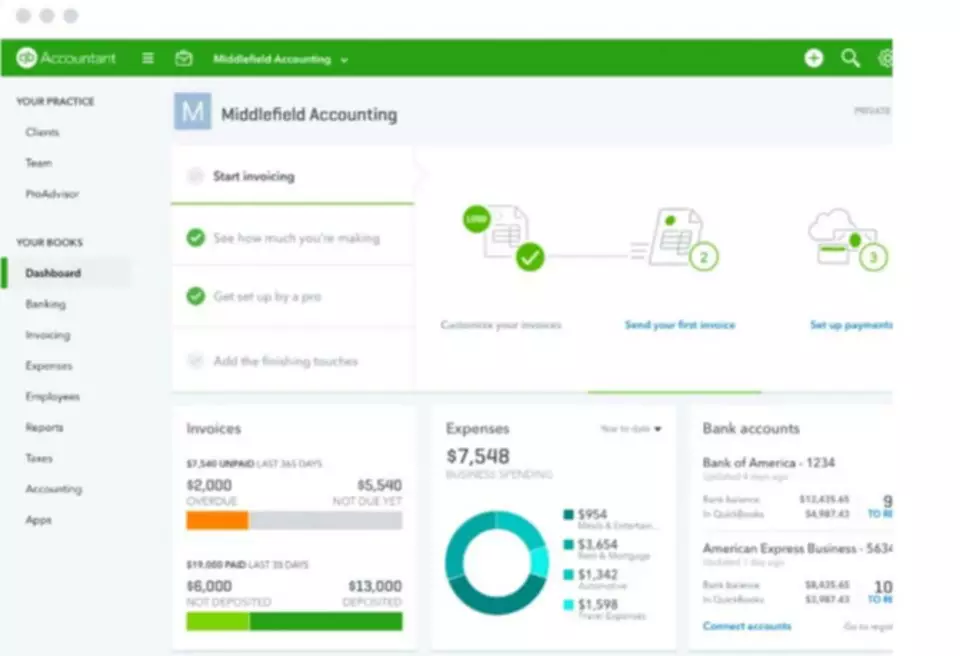Content

Gain in-demand industry knowledge and hands-on practice that will help you stand out from the competition and become a world-class financial analyst.
If one company has a higher asset turnover ratio than its peers, take the time to figure out why that might be the case. Therefore, for every dollar in total assets, Company A generated $1.5565 in sales. Ratio analysis refers to a method of analyzing a company’s liquidity, operational efficiency, and profitability by comparing line items on its financial statements.
What is the Total Asset Turnover Ratio?
A more complicated version of asset turnover is “fixed asset turnover”. This only counts the average dollar amount of fixed assets used each year to generate revenue. This is useful in industries where companies have large amounts of expensive machinery that sits idle for most of the year.
Average total assets are defined as the average of the total asset which we take into account generally at the end of the year or the earlier fiscal year. It’s important to have realistic expectations of your asset turnover ratio in comparison to other companies in the same industry.
Resources for YourGrowing Business
A fixed asset is a resource that has been purchased by the company with the intent of long-term use, such as land, buildings and equipment. The total asset turnover ratio compares the sales of a company to its asset base. The ratio measures the ability of an organization to efficiently produce sales, and is typically used by third parties to evaluate the operations of a business. Ideally, a company with a high total asset turnover ratio can operate with fewer assets than a less efficient competitor, and so requires less debt and equity to operate.

The higher the asset turnover ratio, the better the company is performing, since higher ratios imply that the company is generating more revenue per dollar of assets. The higher the asset turnover ratio, the more efficient a company is at generating revenue from its assets. Conversely, if a company has a low asset turnover ratio, it indicates it is not efficiently using its assets to generate sales. The mathematical result of sales revenues divided by average total assets during the period of the sales.
Is It Better to Have a High or Low Asset Turnover?
Net SalesNet sales is the revenue earned by a company from the sale of its goods or services, and it is calculated by deducting returns, allowances, and other discounts from the company’s gross sales. RestructuringRestructuring is defined as actions an organization takes when facing difficulties due to wrong management decisions or changes in demographic conditions. If the ratio is less than 1, then it’s not good for the company as the total assets cannot produce enough revenue at the end of the year. It is best to plot the ratio on a trend line, to spot significant changes over time. Also, compare it to the same ratio for competitors, which can indicate which other companies are being more efficient in wringing more sales from their assets. Return on equity is a measure of financial performance calculated by dividing net income by shareholders’ equity. Divide total sales or revenue by the average value of the assets for the year.
- So, if a car assembly plant needs to install airbags, it does not keep a stock of airbags on its shelves, but receives them as those cars come onto the assembly line.
- The asset turnover ratio is a measurement that shows howefficientlya company is using its owned resources to generate revenue or sales.
- For example, retail organizations generally have smaller asset bases but high sale volumes, creating high asset turnover ratios.
- It means that the company has made sales worth Rs. 1,000 for every Rs. 100 invested in the current assets.
- In this case to calculate the asset turnover ratio of the company we need to do the below calculation.
That is why the more the amount of current asset turnover ratio, the better the ability of the company to generate sales. If you see your company’s asset turnover ratio declining over time but your revenue is consistent or even increasing, it could be a sign that you’ve “overinvested” in assets. It might mean you’ve added capacity in fixed assets – more equipment or vehicles – that isn’t being used. Or perhaps you have assets that are doing nothing, such as cash sitting in the bank or inventory that isn’t selling. On the other hand, if your ratio is increasing over time, it could mean you’re simply becoming efficient, or it could mean you’re stretching your capacity to its limits and you need to invest to grow. This is worked out by multiplying asset turnover by profit margin and financial leverage.
It is significantly necessary for any company to increase the sale of their products to keep moving forward and thereby generate revenues. If the company fails to generate revenues through its products and services, chances are that it will go bankrupt soon in the near future. The asset turnover ratio is defined as the ratio between net sales to the total assets through which this sale was generated. Generally, a higher number of this ratio is preferred which means the company is capable enough or has enough assets to cover up its net sales or revenue.
Asset Turnover Ratio Definition – Investopedia
Asset Turnover Ratio Definition.
Posted: Tue, 07 Nov 2017 17:44:26 GMT [source]
Industries with low profit margins tend to generate a higher ratio and capital-intensive industries tend to report a lower ratio. Generally, a higher ratio is favored because it implies that the company is efficient in generating sales or revenues from its asset base.
You may need to add up sales from each individual quarter from the past year, or the company may provide annual sales. A high turnover ratio does not necessarily mean high profits, and the true measure of a company’s performance is its ability to generate profit from asset turnover ratio its revenue. If you want to compare the asset turnover with another company, it should be done with the companies in the same industry. If the asset turnover of the industry in which the company belongs is less than 0.5 in most cases and this company’s ratio is 0.9.
- The return on assets ratio is related to the asset management category of financial ratios.
- So, it cannot measure the efficiency of the company to service long-term debt.
- Doing a little bit of research can lead to strong investment returns.
- The asset turnover ratio measures the value of a company’s sales or revenuesrelative to the value of its assets.
- A business that has higher asset turnover is considered to be more efficient.
- Spending more by investing in more revenue-producing assets may lower the asset turnover ratio, but it could provide a positive return on investment for shareholders.
Doing a little bit of research can lead to strong investment returns. The asset turnover ratio doesn’t tell you everything you need to know about a company. Importantly, its focus on net sales means that it eschews the profitability of those sales. As such, asset turnover may be better utilized in conjunction with profitability ratios. Calculating the asset turnover ratio for a single company at a single point in time isn’t very useful. The metric is most useful when compared to competing companies in the industry or when tracked over time.
How Can a Company Improve Its Asset Turnover Ratio?
By comparing companies in similar sectors or groups, investors and creditors can discover which companies are getting the most out of their assets and https://www.bookstime.com/ what weaknesses others might be experiencing. In simple terms, the asset turnover ratio means how much revenue you earn based on the total assets.
This entry was posted on Thursday, July 14th, 2022 at 7:32 am
You can follow any responses to this entry through the RSS 2.0 feed.
Posted in: Bookkeeping
